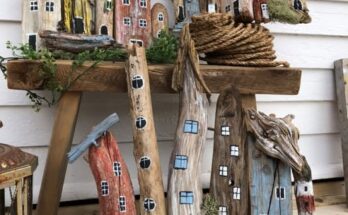The Great Cave Murals of Baja California
The murals which were created by the indigenous Cochimí people are estimated to be between 1,000 and 7,000 years old

The murals are located in remote and often difficult-to-reach areas, such as cliff faces and caves, suggesting that these locations held special significance. Prominent mural sites include Cueva del Ratón, Cueva Pintada, and Cueva de las Flechas, each known for specific stylistic elements and thematic focuses. The murals are painted using natural pigments in red, black, white, and yellow. These pigments were derived from minerals and organic materials available in the region. The paintings are characterized by their large size and the detailed, expressive nature of the figures and animals. The use of perspective and motion in the artwork is noteworthy, reflecting a sophisticated level of artistry.

The murals prominently feature human figures, often depicted in dynamic poses, such as dancing, hunting, and ceremonial activities. The figures are usually stylized, with elongated limbs and detailed adornments. Various animals are depicted, including deer, rabbits, mountain sheep, birds, and fish. These animals are often shown in action, such as running or being hunted. Abstract designs and geometric patterns are common, adding a layer of symbolic meaning to the murals.






